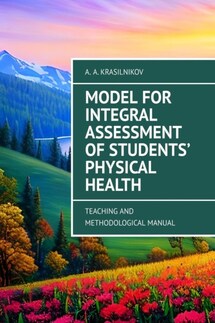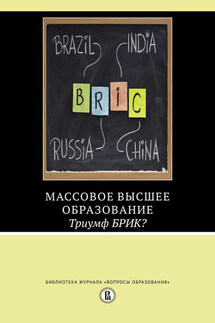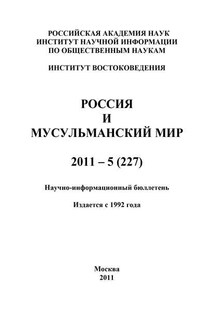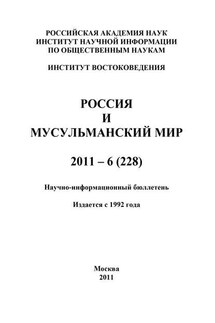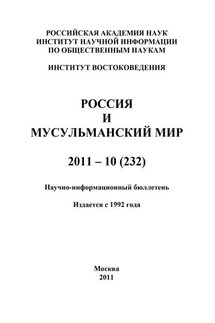Research related to the assessment of physical development is conducted using various anthropometric techniques:
1. somatometric – body length (height), body mass (weight), chest circumference and excursion;
2. physiometric – vital lung capacity (VLC), hand grip strength, standing strength;
3. somatoscopic – chest shape (body type), posture and so on.
IT IS IMPORTANT TO KNOW THAT!
Physical development of a person is understood as a complex of functional and morphological properties of the body that determine its physical ability. Physical development can be influenced by:
heredity; environmental conditions; socio-economic factors; working and living conditions; nutrition; physical activity; sports.
There is no clear boundary between normal and pathological conditions. There are various transitional stages between health and illness. Disease usually occurs when the body is subjected to excessive physical and psycho-emotional stress or when adaptive functions are decreased. This is when changes occur, often leading to illness or injury.
Norm in relation to human health is interpreted as the measure of the organism’s vitality in specific environmental conditions, within which changes in physiological processes are maintained at an optimal level of functioning of the homeostatic self-regulation.
It is important to note that the norm in relation to the human body does not have a single value. Biological norm has certain boundaries. Thus, the norm is such an indicator at which the human organism functions in the best way possible (i.e. in an optimal mode). At the same time, a healthy organism is able to maintain normal indicators of its functions in various situations (physical exertion, psycho-emotional stress, weather changes, etc.). This property of the organism is called adaptation. It is adaptation that helps a person to maintain the functioning of organs and systems in a normal state and to preserve health in various stressful situations.
It should be noted that the reduction of the adaptive capacity of the organism is associated with changes in physiological functions. This is characterized by an increase in blood pressure and a decrease in heart activity. However, in pre-disease states, the observed changes in physiological indicators, as a rule, do not exceed the so-called clinical norm and therefore usually remain outside the field of view of doctors during dispensary and preventive examinations of the population. As a result, only a disruption of adaptation with the development of specific diseases becomes the basis for therapeutic measures.
